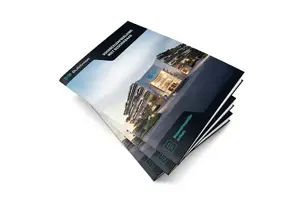Within the ventilation principle of buildings, the outdoor air is considered as a source of fresh, "clean" air. However, as we all know, this is not always the case. Although the outdoor air quality in our cities already improved, the concentrations of certain pollutants, especially particulate matter and peak pollutions of ozone (and its precursors nitrogen oxides and volatile organic compounds), remain problematic. Ventilation systems may play a role in the introduction of these outdoor air pollutants into the indoor air, with potential adverse effects on the indoor air quality and the health of residents. The filters that are present in certain mechanical ventilation systems are primarily present to protect the system and its components against fouling, but have the potential to improve the quality of the supplied air. In the context of indoor air quality, the aim of our study was to investigate: what role do mechanical ventilation systems play in the penetration of outdoor air pollutants? | to what extent is conventional air filtration sufficient? | what is the effectiveness and added value of advanced filtration and electrostatic precipitation as an innovative technique? These research questions were answered in a bottom-up research approach, including in-laboratory experiments on filters, in situ measurements on the ventilation system level and computer simulations on the building level. The novelty of our research approach lies in the fact that: the measurements are carried out with the real-life pollutant load of the Brussels outdoor air, the filtration efficiency for particulate matter is considered in a measuring range of 10nm-10?m (PM10, PM2.5, PM1 & PM0.1) and the filtration efficiency is monitored in function of time. This paper presents the final results of the in-laboratory measurements for particulate matter. For this part, a test setup consisting of twelve parallel test lines equipped with either one or two different air filters/ -cleaning devices in cascade was installed in our Brussels-based laboratory. The selected filters allow a comparison between different filter classes (Coarse, ePM1, ePM2.5 and EPA), or combinations of them, and also of different types within the same class (wireframe, folded panel, bag type). Furthermore, two electrostatic precipitators were included in the test setup. This paper shows time resolved data including the filter efficiency and pressure drop of the filters/devices included in the test setup. The results indicate a large difference in performance between different filter types within the same coarse filter class, the potential of fine filters to improve supplied air quality and point to a high performance of the electrostatic precipitators within the full measuring range. They also reveal important points of attention.
